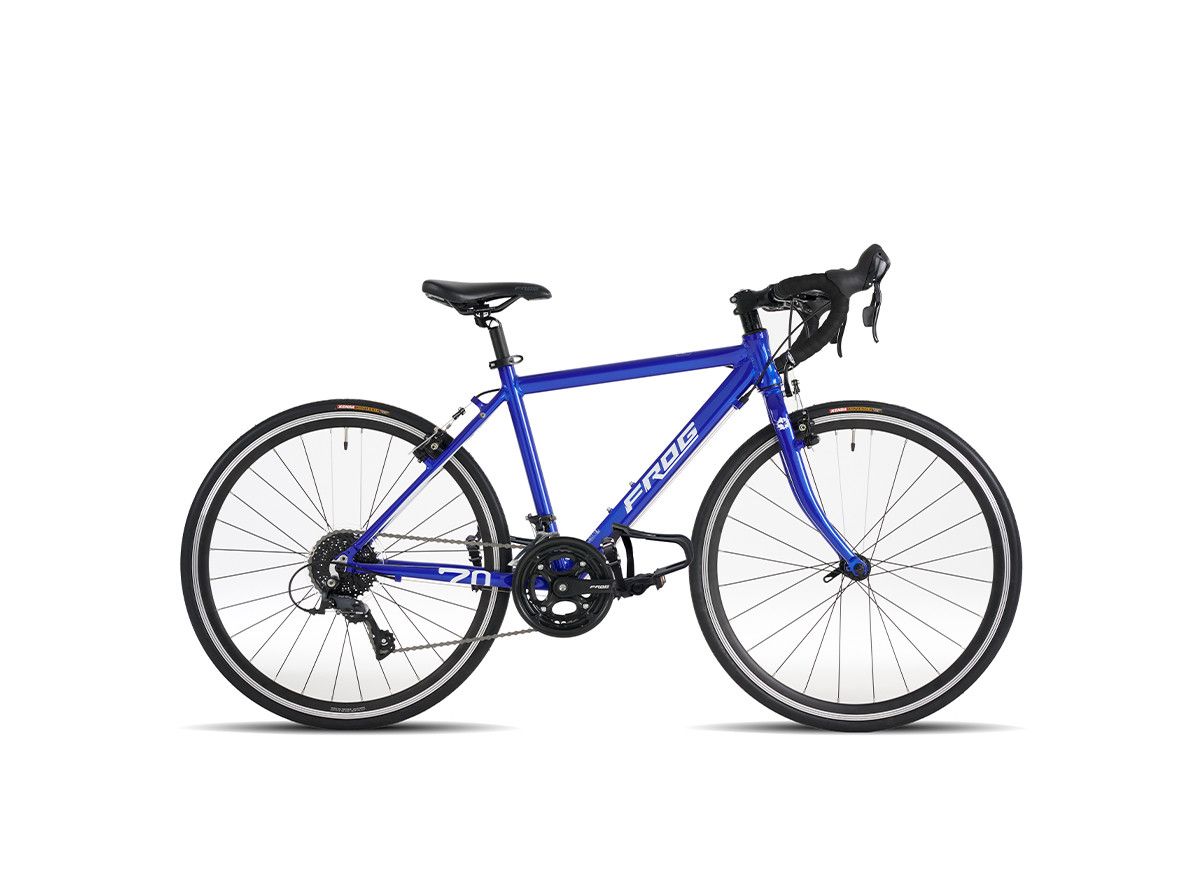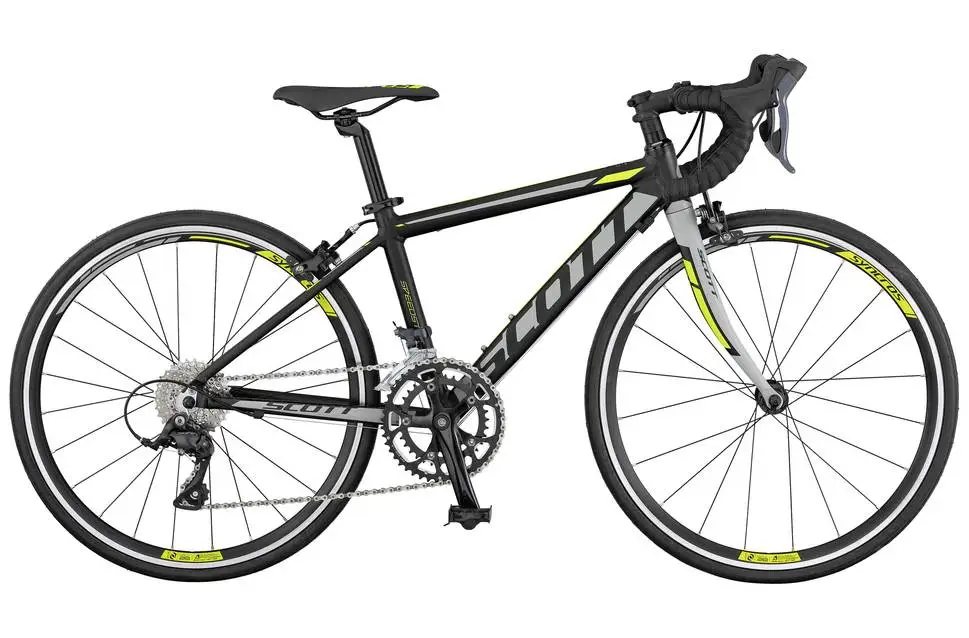I. Introduction to Kids’ Road Bikes

Cycling has always been a popular form of exercise and recreation for people of all ages. Not only does it provide numerous physical health benefits, but it also has a positive impact on mental well-being. For children, in particular, cycling is a fantastic way to keep active and develop essential skills. Kids’ road bikes, specifically designed for young riders, offer a range of benefits that contribute to their overall growth and development.
- Importance of cycling for children’s physical and mental well-being
Regular cycling provides children with an excellent way to stay active and improve their physical fitness. It helps to develop their cardiovascular endurance, strength, and coordination. Cycling also promotes a healthy lifestyle by encouraging them to spend more time outdoors and away from sedentary activities such as video games or television.
Besides the physical benefits, cycling also has significant mental health advantages for children. It allows them to explore their surroundings, develop a sense of independence, and build self-confidence. The freedom and thrill of riding a bike can boost their mood and contribute to better mental well-being.
- Benefits of riding road bikes for kids
Road biking, in particular, offers numerous benefits for young riders. Unlike other forms of cycling, road biking is primarily done on paved surfaces, which provide a smoother and faster riding experience. This allows kids to cover longer distances and build endurance.
Another advantage of road biking is the opportunity to learn and practice important biking skills. Riding on the road helps children understand traffic rules, road safety, and bike handling techniques. It further enhances their spatial awareness and decision-making abilities.
II. Choosing the Right Kids’ Road Bike

When selecting a kids’ road bike, several factors need to be considered to ensure the optimum fit and functionality. These factors include bike sizes, frame types, components, and features.
A. Understanding Different Bike Sizes and Frame Types
- Importance of proper bike fit for comfort and safety
One of the crucial aspects of choosing a kids’ road bike is ensuring the proper bike fit. A bike that is too big or too small can lead to discomfort, poor control, and potential safety hazards. Therefore, it is important to select a bike size that suits the child’s age, height, and leg inseam measurement.
- Age and height considerations when selecting the right bike size
Bike manufacturers provide specific size charts that recommend the appropriate frame size based on the child’s age and height. These size charts serve as a useful reference to determine the right bike size.
- Different frame types and their suitability for kids
Kids’ road bikes typically come in three common frame types: aluminum, steel, and carbon fiber. Each frame material has its characteristics and suitability for young riders.
- Aluminum frames are lightweight, durable, and relatively affordable. They offer a great balance of strength and weight, making them suitable for young riders who prioritize performance and speed.
- Steel frames are known for their durability and stability. They provide a smooth ride quality and are often more forgiving on rougher terrain. Steel frames are an excellent choice for riders who value comfort and durability.
- Carbon fiber frames are the lightest and most advanced option. However, they are typically found in higher-end road bikes and may not be necessary for young riders unless they’re competing at an elite level.
B. Components and Features to Look for in a Kids’ Road Bike

-
Frame Materials and Durability
The choice of frame material plays a significant role in determining the overall durability and performance of the bike.
- Aluminum frames are commonly used in kids’ road bikes due to their lightweight and robust nature. They provide a good balance between durability and weight, making them suitable for young riders.
- Steel frames offer excellent durability and can withstand rough use. They are a popular choice for kids’ road bikes that prioritize comfort and longevity.
- Carbon fiber frames are lightweight, stiff, and provide advanced performance. However, they are typically found in higher-end road bikes and may not be necessary for most young riders.
-
Gearing and Drivetrain
The gearing and drivetrain components of a road bike determine the bike’s versatility and ease of use.
- Single-speed bikes have a single gear ratio, which simplifies the riding experience and requires less maintenance. They are suitable for beginners or riders who prefer a straightforward riding experience.
- Multiple gears, commonly found in road bikes, provide a broader range of options for different riding conditions. They allow young riders to tackle hills more easily and adjust their pedaling cadence accordingly.
-
Braking Systems
The braking system of a road bike is crucial for ensuring safety and control.
- Disc brakes offer superior stopping power and perform better in wet conditions. They provide consistent and reliable braking performance, making them suitable for young riders who require additional stopping power.
- Traditional rim brakes, also known as caliper brakes, are lightweight and easy to maintain. They offer sufficient stopping power for most young riders but may not perform as well in wet conditions.
-
Wheels and Tires
The size and type of wheels and tires play a significant role in the bike’s performance and suitability for young riders.
- Different wheel sizes are available for kids’ road bikes, ranging from 20 inches to 26 inches. The choice of wheel size depends on the child’s age, height, and riding experience.
- Road biking tires are typically narrower and have a smoother tread pattern compared to other types of bike tires. They offer lower rolling resistance and better efficiency on paved surfaces, making them ideal for road biking.
III. Safety Tips and Riding Techniques for Young Cyclists

Safety should always be a top priority when it comes to kids’ road biking. Teaching young riders about essential safety gear, riding techniques, and road etiquette is crucial for their well-being and enjoyment of the sport.
A. Essential Safety Gear for Kids’ Road Biking
- Helmet Selection and Proper Fit
The most crucial piece of safety gear for young cyclists is a properly fitted helmet. Ensure the helmet meets safety standards and is appropriate for road biking. Teach your child how to properly adjust and secure their helmet for a snug and comfortable fit.
- Elbow and Knee Pads
To further protect your child from potential accidents, consider providing them with elbow and knee pads. These extra layers of protection can significantly reduce the risk of injuries in case of falls or collisions.
- Reflective Gear for Visibility
Enhance your child’s visibility on the road by outfitting them with reflective gear. Reflective vests, jackets, or straps on their bikes can make them more visible to motorists, especially in low-light conditions.
B. Teaching Kids the Basics of Road Cycling

- Balance and Pedaling Techniques
Ensure your young cyclist has mastered their balance and pedaling skills before hitting the road. Start by teaching them to ride on flat, open areas, such as a school playground or parking lot. Encourage them to practice maintaining their balance, starting and stopping, and pedaling smoothly.
- Turning, Braking, and Riding in Traffic
Teach your child proper turning and braking techniques to navigate turns and intersections safely. Practice hand signaling for left and right turns to communicate their intentions to motorists. Additionally, teach them how to come to a smooth and controlled stop using their brakes.
For riding in traffic, instruct your child to ride on the right side of the road, following the same rules as motorists. Teach them to obey traffic signals, yield to pedestrians, and be aware of their surroundings at all times.
- Riding Etiquette and Rules of the Road
Instill good riding etiquette in your child, such as respecting other cyclists, pedestrians, and motorists. Teach them to ride predictably, using hand signals and communicating with others on the road. Help them understand the importance of following traffic rules and being considerate of others.
IV. Exploring Road Biking Routes and Adventures for Kids
A. Local Bike Paths and Trails
Discovering and exploring local bike paths and trails is an excellent way to introduce your child to road biking adventures. Research family-friendly bike paths in your area that offer safe and enjoyable riding experiences. These paths are usually separated from traffic, making them an ideal environment for young riders.
When planning routes, consider distance and difficulty levels suitable for your child’s age and abilities. Start with shorter rides and gradually increase the length and difficulty as their skills improve.
B. Family-Friendly Road Races and Events
Participating in organized road races and events designed for kids can be an exciting and fun experience. These events often provide a supportive and inclusive environment for young riders to showcase their skills and meet other cycling enthusiasts.
Look for local road races or charity rides that have categories specifically for young riders. These events promote a sense of community and healthy competition, further fueling your child’s passion for road biking.
